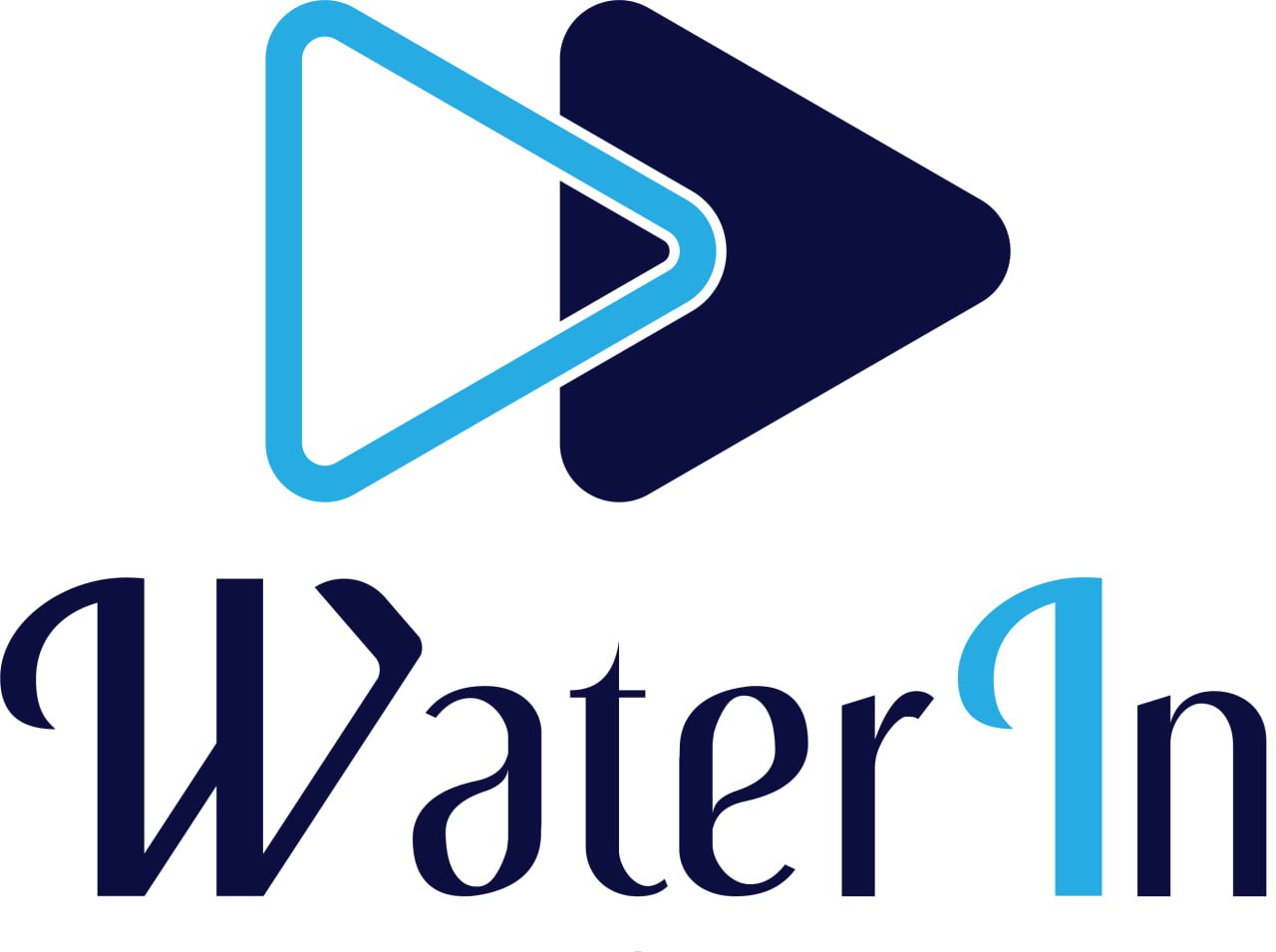Industrial Wastewater treatment
Industrial water
Industrial water uses accounts for around 40% of total water abstractions, with the rest going towards agriculture, and personal supply.
And the water that goes into an industrial process is not the same water that comes out.
Whether it’s chemicals, organic or inorganic materials, metals, or salt, the water that goes into a process is constantly being added too, altered, or simply picking up contaminants along the way. This results in what is referred to as wastewater – an undesirable by-product of the process.
As a result of the undesirable additions, industrial wastewater often requires treatment before it can be reused or discharged.
Unfortunately, due to the vast number of uses, the resulting wastewater can be extremely varied in strength, composition, and contaminants. Meaning it won’t always respond to a simple ‘one size fits all’ treatment.
Careful consideration needs to be given to determine which wastewater treatment will be the most efficient, cost-effective and adhering to any environmental regulations placed.
Common industrial wastewater treatment processes
Removing Salts, Solids, Oil & Grease, Organics And Acids etc.
Industrial Wastewater treatment
Industrial wastewater treatment covers the mechanisms and processes used to treat waters that have been contaminated in some way by anthropogenic industrial or commercial activities prior to its release into the environment or its re-use. Most industries produce some wet waste although recent trends in the developed world have been to minimize such production or recycle such waste within the production process. However, many industries remain dependent on processes that produce wastewaters.
Sources of industrial wastewater
Agricultural waste, Dairy Industry, Pulp and Paper industry, Food industry and Complex organic chemicals industry. etc.
Industrial wastewater treatment processes
To determine the correct treatment you should look at what needs to be removed from the wastewater to either make it reusable or compliant for disposal.
Ask what is the physical, chemical and biological characteristics of the stream – are there high levels of oil and grease, heavy metals, biodegradable or non-biodegradable components, or high bacterial and viral contaminants that require specialist treatment for example.
Depending on what needs to be removed, and what the end goal is (reuse or disposal) there are numerous treatment processes that can be utilised.



